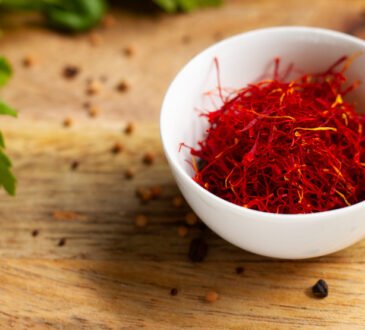
Growing lemons at home in pots can be a rewarding and enjoyable experience. Here’s a step-by-step guide to help you get started:
1. Selecting the Right Pot:
– Choose a pot that is at least 5 gallons (19 liters) in size. Make sure it has drainage holes at the bottom to prevent water logging.
2. Choosing the Right Soil:
– Use a well-draining potting mix that is specifically formulated for citrus plants. You can also create a mix of regular potting soil with added perlite or sand for better drainage.
3. Selecting a Suitable Lemon Variety:
– Consider dwarf or compact lemon tree varieties. These are more suitable for container gardening. Some popular varieties include Meyer lemon, Ponderosa lemon, and Eureka lemon.
4. Planting the Lemon Tree:
– Place a layer of stones or broken pottery shards at the bottom of the pot to aid in drainage. Fill the pot with the chosen potting mix, leaving enough space for the root ball.
5. Transplanting:
– If you’re starting with a young lemon tree, gently remove it from its nursery pot and place it in the center of the new pot. Ensure the top of the root ball is level with the top of the potting mix.
6. Watering:
– Water thoroughly after planting to settle the soil and hydrate the plant. Afterward, water the lemon tree when the top inch (2.5 cm) of soil feels dry. Make sure excess water drains out of the pot.
7. Sunlight:
– Lemon trees need a lot of sunlight, ideally 8-12 hours per day. Place the pot in a location where it will receive direct sunlight. If needed, you can supplement with artificial grow lights.
8. Temperature and Humidity:
– Lemon trees thrive in warm, subtropical climates. They can tolerate some cold, but it’s best to protect them from frost. They prefer a relative humidity level of around 50%.
9. Fertilizing:
– Use a balanced, slow-release fertilizer formulated for citrus plants. Follow the manufacturer’s instructions for application. During the growing season (spring and summer), feed every 4-6 weeks.
10. Pruning:
– Regular pruning helps shape the tree, encourages healthy growth, and removes dead or diseased branches. Prune in late winter or early spring before the growing season starts.
11. Pest and Disease Management:
– Keep an eye out for common pests like aphids, spider mites, and scale insects. Neem oil or insecticidal soap can be used for organic pest control. Keep the area around the tree clean to prevent diseases.
12. Harvesting:
– Lemons usually take about 6-9 months to ripen. Harvest them when they are fully colored and firm. Use a sharp pair of pruning shears to cut the fruit from the tree.
Remember to monitor your lemon tree regularly and adjust care based on its specific needs. With patience and proper care, you can enjoy fresh, homegrown lemons from your potted tree!
Growing a lemon tree from seed can be a bit challenging, and it can take several years for a seed-grown lemon tree to produce fruit.
If you’re interested in growing a lemon tree from seeds, here are the additional steps you can follow:
1. Obtain Lemon Seeds:
– Extract seeds from a mature, healthy lemon. Rinse them to remove any pulp.
2. Seed Germination:
– Soak the seeds in water for 24 hours to soften the outer shell. Plant them in a seed tray or small pots filled with well-draining soil, about 1 inch (2.5 cm) deep.
3. Provide Adequate Light and Warmth:
– Place the seed tray in a warm, sunny location, or use a seedling heat mat to maintain a temperature of around 70-80°F (21-27°C).
4. Keep Soil Moist:
– Keep the soil consistently moist, but not waterlogged. Ensure proper drainage to prevent root rot.
5. Transplanting:
– Once the seedlings have grown large enough (about 3-4 inches tall), transplant them into larger pots with citrus-specific potting mix.
6. Follow Care Instructions:
– Continue to care for the seedlings as described in the previous steps for potted lemon trees.
Please note that lemon trees grown from seeds may not necessarily produce fruits that are identical to the parent tree. Commercially grown lemons are usually grafted onto rootstock for consistent fruit quality. Growing from seeds is more of a fun and educational project than a reliable way to get a fruit-bearing lemon tree.




